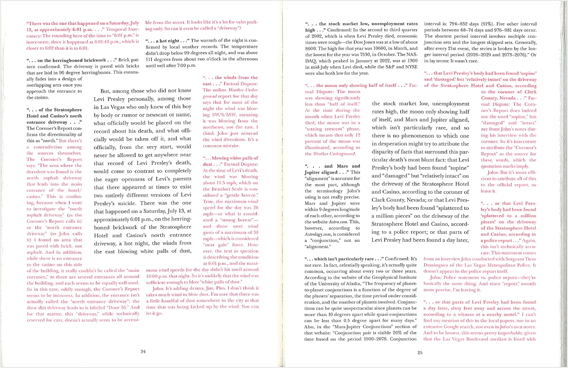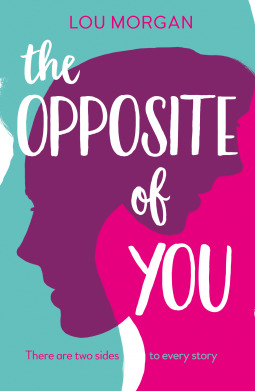Download links for: Epigenetics Revolution: How Modern Biology Is Rewriting Our Understanding of Genetics, Disease and Inheritance


Reviews (see all)
Write review
"The mind is its own place, and in itself can make a heaven of hell, a hell of heaven." J. Milton
Fascinating. Makes all the research very understandable to non-scientists.
A bit too focused on the details of the microbiology to me.
Other books by Nonfiction
Other books by Nessa Carey
Related articles












